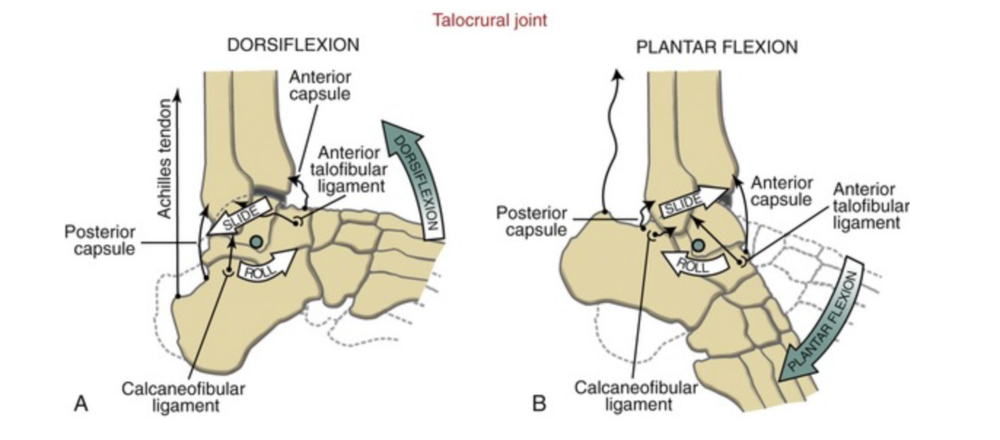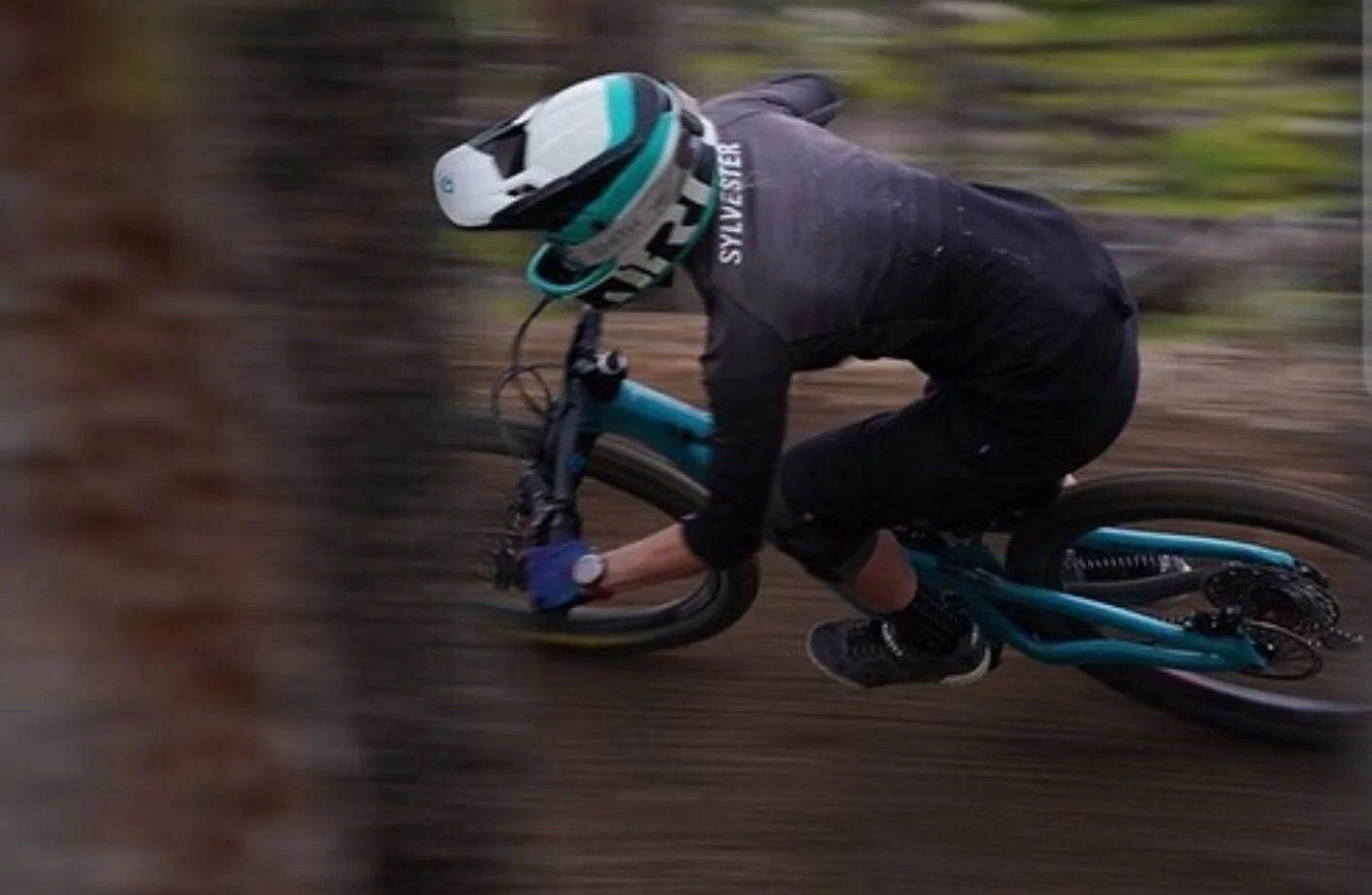Ankle dorsiflexion. A critical part of your mountain bike fitness.
I often get asked about the most important components of an offseason training plan for mountain bikers. Should strength training be a priority? Is on the bike training all you need? We could debate the merits of various training methods for days on end. What I know for sure is limited joint mobility, ie joint range of motion will eventually stop a great riding season in its tracks if left unattended.
Today I want to discuss ankle mobility specifically. In several of my most recent bike fits I have seen ankle dorsiflexion (DF) restrictions lead to anterior knee pain and even anterior hip pain. You are performing dorsiflexion when you lift your forefoot up off the ground while sitting or standing. The opposing movement, plantarflexion is performed when pushing your foot or toes downward as if you are on the gas pedal.
Kinesiology of the Musculoskeletal System - 3rd Edition. Author: Donald Neumann
While mountain biking, you will most likely perform the most DF while descending. In the attack position while cornering, pumping, etc. Below you will see a picture of Zephyr Sylvester. As an enduro racer the types or descents and aggressive riding style require full DF range.
@zephly
We consider full DF range to be around 20-25 degrees. Zephyr is showing off a really great DF range as her knee is able to move forward of her toes. It is hard to fully asses this while riding as the naked eye can only be so accurate but the main point here is that we want the knee to pass over the toe relatively easily if needed. We run into trouble when the ankle becomes tight early in the range. Once this happens the body will begin searching for the path of least resistance. Generally speaking that pathway leads us into a pronated position. You can also think of pronation as medial collapse of the foot as shown below.
Pronation is not all that bad. It tends to get a bad name in running discussions. Of course excessive amounts of pronation can be problematics. Issues can range from anterior ankle impingement, calf and achilles pain, posterior tibialis over use and knee pain as I mentioned above. If you feel any tension or pain in these areas while dropping your heels during a descent you may need to regain some DF range of motion. If you feel tension around the ankle while squatting in the gym or your heels want to lift off the ground in a squat you may need to regain some DF range. In the video below Matt and I go over a few of our favorite quick fixes to get the joint moving again. If your DF is limited I would bet you need a bit of posterior tibilas trigger point release as well. I included a video with a few fixes for post tib for good measure.




